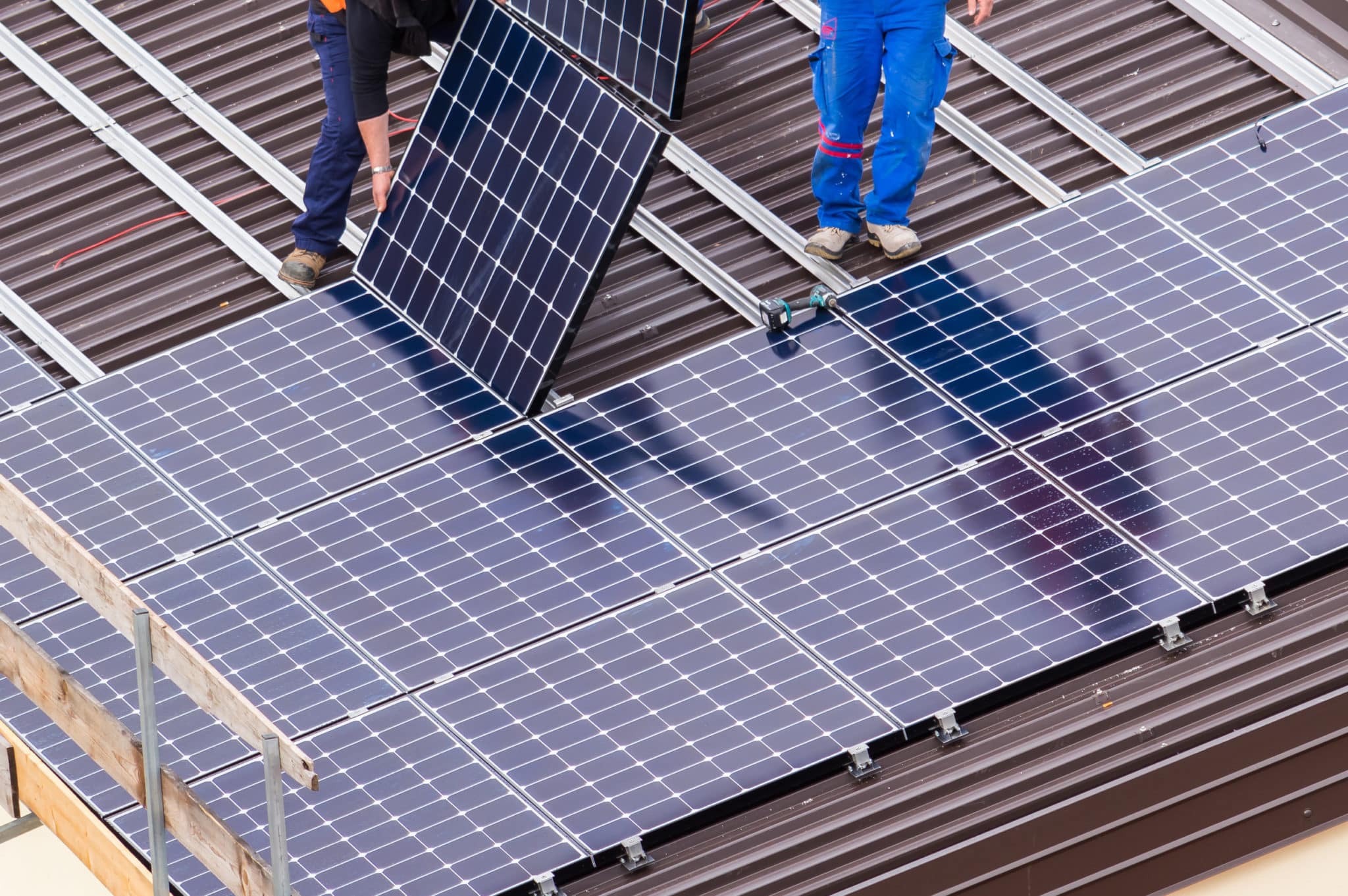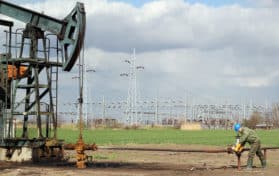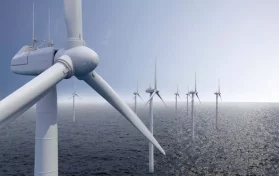
Green energy – it’s an issue that has only recently become a political platform, right? Actually, one president was ahead of his time by installing solar panels on the White House over four decades ago. In 1979, President Jimmy Carter, after months of wrangling politically to bring about green energy awareness, installed thirty-two solar panels on the roof of the White House. At the time, the Carter Administration was in the midst of the Arab oil embargo, which had caused a shortage of fossil fuels in the United States.
Carter had presented a novel idea during his 1979 State of the Union address; he supported a movement that would see at least twenty percent of American energy derived from renewable sources by the year 2000. In 1978, Carter had declared May 3, 1978 as “Sun Day,” and he was known for lowering the (heat) temperature in the White House in an effort to conserve energy. Carter was quoted as saying, “(America needed to grasp) the power of the sun to enrich our lives as we move away from our crippling dependence on foreign oil.”
In fact, when the panels were installed on June 20, 1979, Carter had spent the bulk of his administration fighting for more natural energy resources. His administration is credited with creating the first state Energy Department, drafting and rolling out tax credits for going green, and his promise to carry out “the moral equivalent of war.” Part of this “war” was to have these panels built and installed on our nation’s “first home.”
The panels cost $28,000 to install in 1979; this would be about $106,000 in today’s money. Ironically enough, 32 solar panels installed today would cost $31,900! Carter’s panels were not meant to completely heat or cool the White House; they heated water exclusively. The solar panels installed on the White House in 1979 were crafted from glass, stainless steel and aluminum; when the panels were unveiled, the sun was out as if poised for a Washington photo op.
Solar panels were not the only “green” effort Carter dreamed of for the American future. He wanted to set aside government funding for green tax credits as well as for research involving photovoltaic cells. These cells are meant to put energy into the present electric grid. These are the same cells which are still being researched and refined today. Although Carter projected a future in which twenty percent of energy was from renewables, by 2008, only seven percent of our energy sources were renewable.
Are the solar panels installed by Jimmy Carter still present on the White House today? Unfortunately, no. There are those who want to believe that Reagan tore down the panels out of spite for the green energy they represented; however, research shows that the official reason the panels were removed was due to a leaky roof in that area. The original panels came down in 1986, during Reagan’s second term in office. The panels were never replaced; this is one reason some say Reagan removed the panels purposely.
We do know that Reagan repealed the green tax credits Carter lobbied for; many cite this as “proof” that Reagan wanted the panels removed and used the repairs as an excuse to do away with them. However, the repairs DID occur, and the Administration related that the cost to replace the panels was “unwise.” So, while the internet is rife with nefarious reasons that Reagan purposely removed the panels, we do know for certain that there were repairs, and, once removed, the panels were stored in a Virginia warehouse.
The solar panels may have gathered dust for a few years, but they soon had a new purpose. An administrator of Unity College located in Maine tore out the seats of a decommissioned school bus and drove over 500 miles to Virginia to procure the panels. Twelve of these panels would be installed of the cafeteria on Unity’s campus; they remain there today, although none of them are in working order. One panel has been taken to the Carter Library located in Atlanta. Notably, the panel was delivered by Unity College students driving a car powered by vegetable oil. The rest of the panels are in a garage near the campus of Unity.





